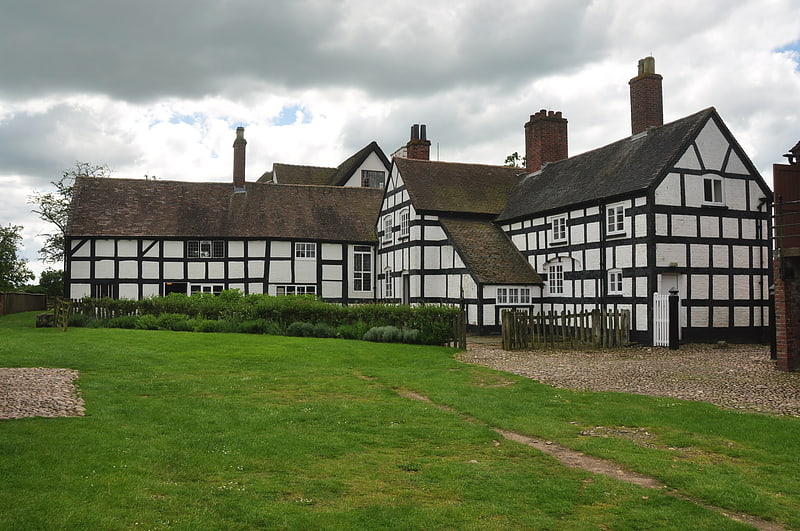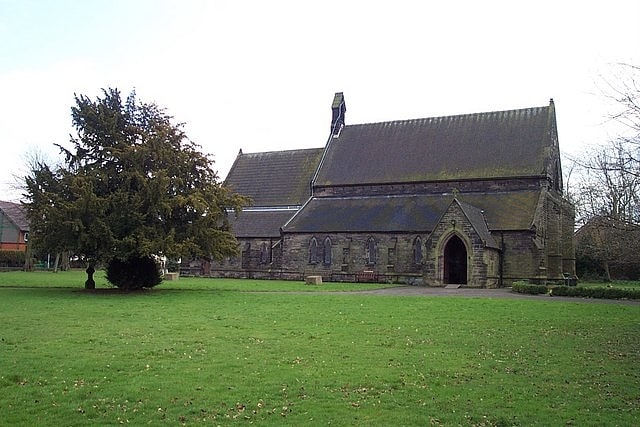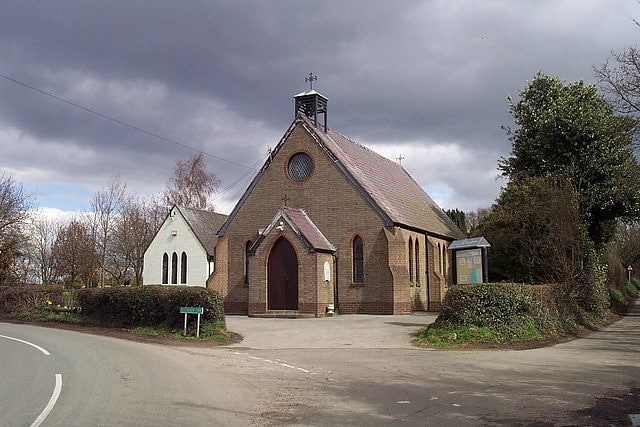Discover 7 hidden attractions, cool sights, and unusual things to do in Cannock (United Kingdom). Don't miss out on these must-see attractions: Boscobel House, Cannock Chase German Military Cemetery, and Hednesford. Also, be sure to include St Mark's Church in your itinerary.
Below, you can find the list of the most amazing places you should visit in Cannock (England).
Table of Contents
Boscobel House

Building in Bishops Wood, England. Boscobel House is a Grade II* listed building in the parish of Boscobel in Shropshire. It has been, at various times, a farmhouse, a hunting lodge, and a holiday home; but it is most famous for its role in the escape of Charles II after the Battle of Worcester in 1651. Today it is managed by English Heritage.[1]
Address: Boscobel House Boscobel Lane, ST19 9AR Cannock
Cannock Chase German Military Cemetery

Cemetery. The Cannock Chase German Military Cemetery is on Cannock Chase, Staffordshire, England. The cemetery contains nearly 5,000 burials from both the First and Second World War. The burials are mainly German and Austrian nationals with a very small number of Ukrainians.[2]
Hednesford

Hednesford is a historic market town in the Cannock Chase district of Staffordshire, England. Cannock Chase is to the north, the town of Cannock 1.2 miles to the south and Rugeley 4.6 miles to the southwest.The population at the 2011 census was 17,343. It also comprises the civil parish of Hednesford and part of the civil parish of Brindley Heath.[3]
St Mark's Church

Church in Great Wyrley, England. St Mark's is the parish church of Great Wyrley, South Staffordshire, England. It is known for having had the first South Asian vicar of any Church of England parish, Shapurji Edalji, and for its association with Edalji's son George, who was falsely convicted on a charge of injuring a pony, and cleared after the intervention of Sir Arthur Conan Doyle.[4]
Great Wyrley

Village in England. Great Wyrley is a village and civil parish in Staffordshire, England. It is coterminous with the villages of Landywood and Cheslyn Hay in the South Staffordshire district. It lies 5.5 miles north of Walsall, West Midlands. It had a population of 11,060 at the 2011 census.[5]
St Luke's Church

St Luke's Church, Cannock is a Grade II* listed parish church in the Church of England in Cannock.[6]
Hatherton

English civil parish. Hatherton is a settlement and civil parish located 3+1⁄4 miles south-east of Penkridge, and on the western edge of modern-day Cannock, Staffordshire, England, and lying adjacent to and north of Watling Street, now the A5.
The civil parish include the village of Calf Heath.
Hatherton was given to Wolverhampton monastery by Lady Wulfruna in 994. Its name, Hagerthorndun in the Domesday Book, means "the hill where Hawthorns grow". It was once an exclave of Wolverhampton.
Hatherton gave its name to the title of Baron Hatherton, and thus to the now-derelict, nearby, Hatherton Canal.
The Four Crosses inn at Hatherton features an inscription dated '1636N'. Hatherton Hall is an 1817, late-Georgian house, stucco finished, replacing a former Norman hall. The village church, St Saviour, dates from 1876.[7]